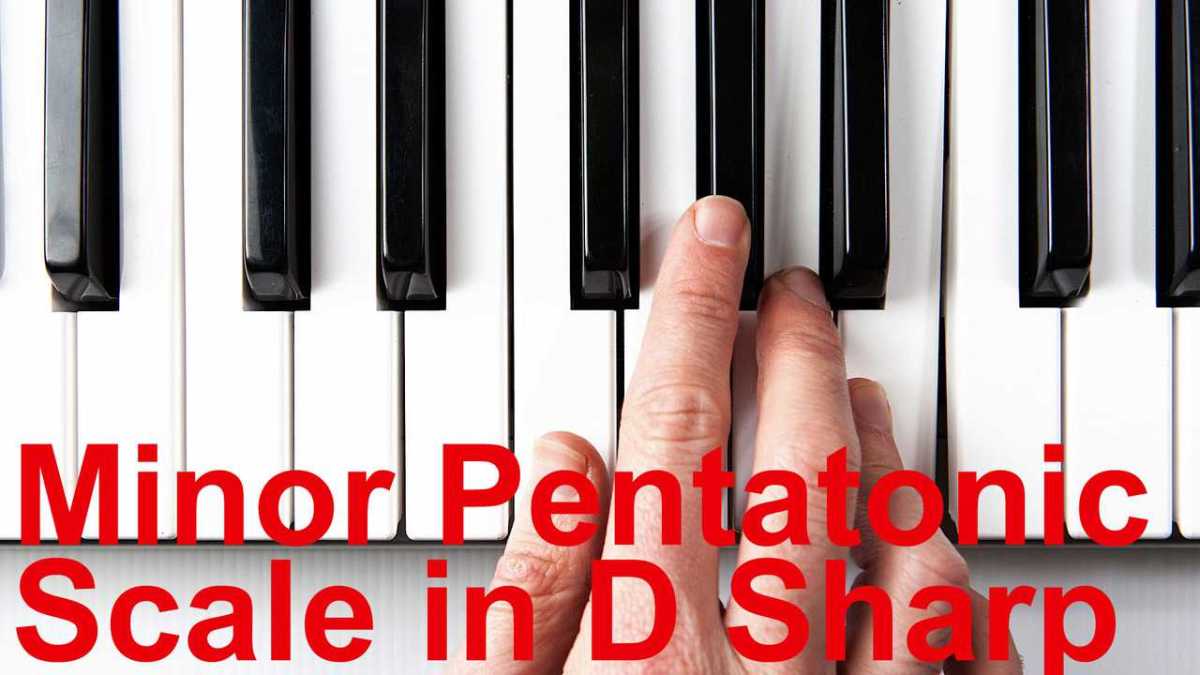

Play the Virtual Piano, you'll learn chords and scales.Įven if you don't have a real piano at your disposal, you can easily learn music theory or try out The best way to learn music theory is to play a piano keyboard. Virtual Piano lets you play a piano keyboard simulator online, by touch, mouse or PC keyboard, and with any device. Once mastered (which doesn’t take long), the rest becomes much easier to learn.Virtual piano online, play piano keyboard to learn music. It’s a simple pattern, and it allows for fluidity to be realized much faster. If you begin on the fifth string, you’ll get two full octaves ending on the fourth of the key.ĭon’t let the theory be overwhelming. If you begin the sequence on the sixth string, you’ll get two full octaves, and then four notes ending on the tonic on the first string. And this device works not only in the key of E, but for any key. Using this form of visualization, the minor pentatonic scale instantly becomes easier to maneuver. Now, instead of looking at five completely different patterns, we have one pattern that flows seamlessly across the neck. (Note: When shifting to the second string, there is a position shift because of the string tuning, however, the fingering pattern remains the same.)


While each isolated grouping of six notes can all be played with the fingering 1-3, 1-3, 1-3, to create a flowing scale without note repetition, the last note of each sequence utilizes a shift in the left hand, creating the fingering pattern of 1-3, 1-3, 1-1-the last number being the start of the next sequence. From this point, we can find an A anywhere on the fretboard, and it will generate a six-note octave pattern from A to A when using fingers 1-3, 1-3, 1-3 (unless an A is chosen on the second or first string, in which case there would only be four or two notes, respectively). To have a single pattern that works anywhere on the fretboard, we’ll first find the fourth of the key, which is the note, A. Playing from E to E generates a six-note series to complete the octave. In the key of E minor, the notes within the minor pentatonic scale are E, G, A, B and D.


 0 kommentar(er)
0 kommentar(er)
